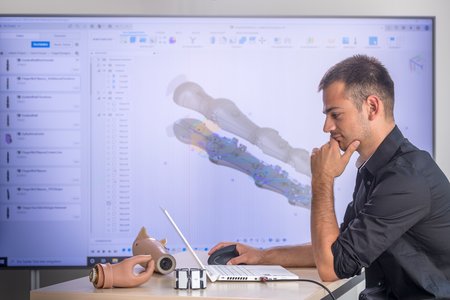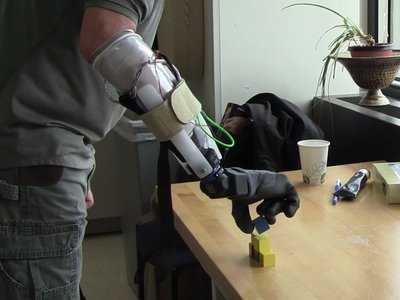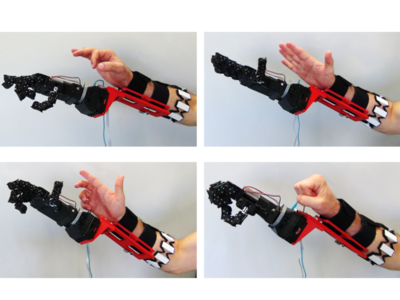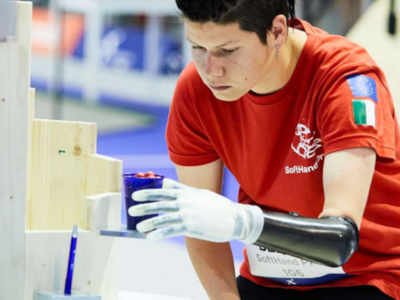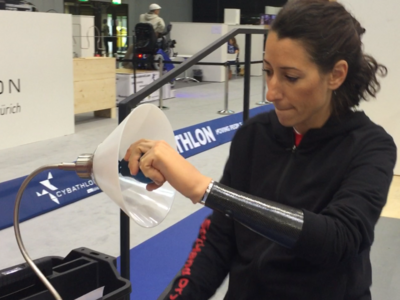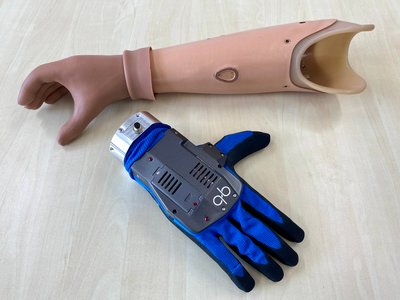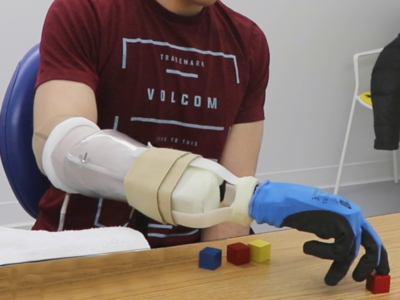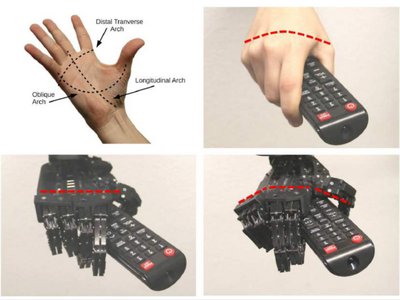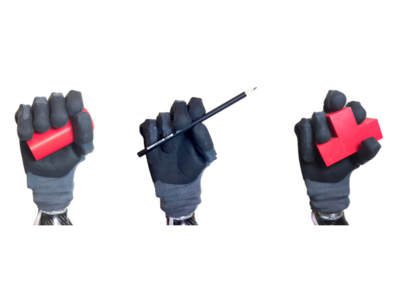Bionic Hands Design
Technological advancements have led to the development of dexterous bionic hands and sensory-motor interfaces that try to replicate the extraordinary functionalities of biological limbs thanks to the combination of multiple actuators, sensors and advanced myoelectric control algorithms. However, in the last few decades, many robotics research groups have focused on minimalist design approaches: while retaining many of the advantages of anthropomorphic design, a principled simplification in both design and control can sensibly reduce the system complexity in terms of number of actuators, sensors, and lines of code to program. Additionally, soft-robotics approaches have been useful, with several recent hand prototypes designed according to such principles and achieving very good results in terms of grasping versatility, robustness, and reliability.
Related Works & Events
- SoftHand Pro (Unipi-IIT) @ Cybathlon 2020 Global Edition “Powered Arm Prosthesis Race”; [Watch here]
